Imagine stepping out in an outfit so harmonious, so perfectly balanced, that it turns heads and sparks compliments. This isn’t magic; it’s the power of color theory in action. As a seasoned fashion enthusiast with years of experience navigating the world of style, I’m here to guide you on an exciting journey, unlocking the secrets of color theory and empowering you to become a master of your own wardrobe.
The Color Wheel: Your Essential Guide
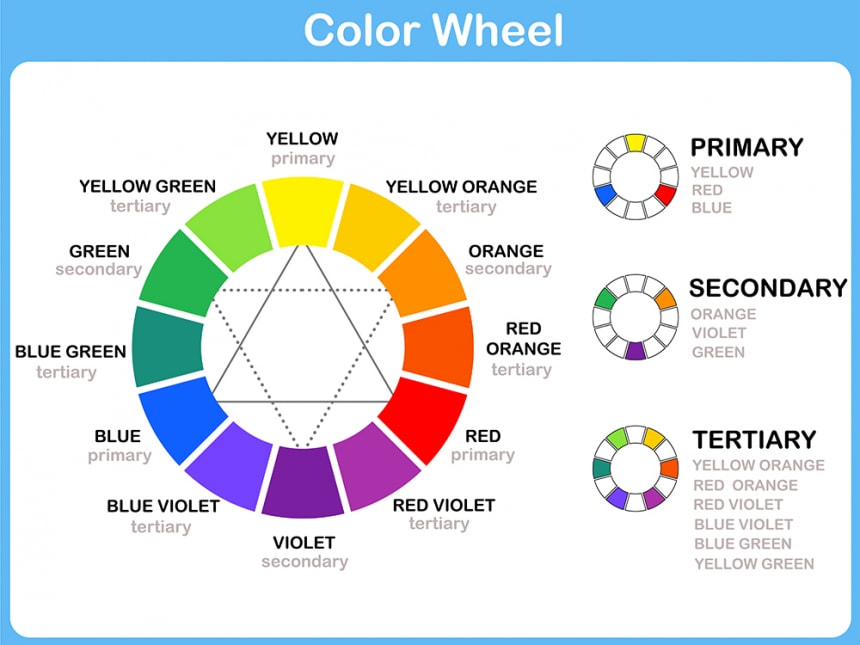
Our journey begins with the fundamental tool of color theory – the color wheel. This vibrant circle showcases the primary colors (red, yellow, and blue), secondary colors (orange, green, and purple), and a spectrum of tertiary colors formed by mixing primaries and secondaries. Understanding the relationships between these colors is key to creating visually appealing and balanced outfits.
1. The Power of Complementary Colors
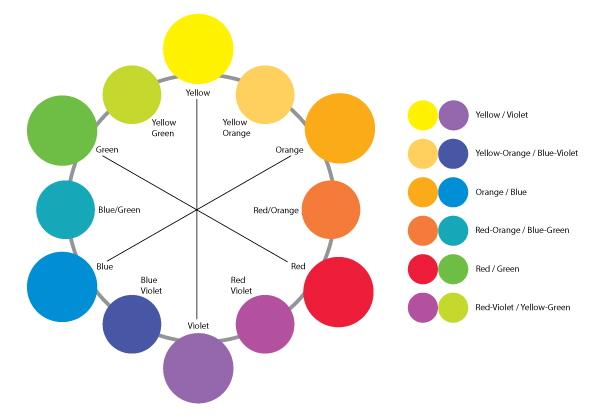
Opposites attract, and in the world of color theory, this translates to complementary colors. These are colors positioned directly opposite each other on the color wheel, like red and green, blue and orange, or yellow and purple. When placed side-by-side, complementary colors create a striking visual contrast, making each other appear brighter and more vibrant. Think of a sunflower – its vibrant yellow petals are accentuated by the green leaves, creating a stunning visual impact.
2. Embrace the Harmony of Analogous Colors
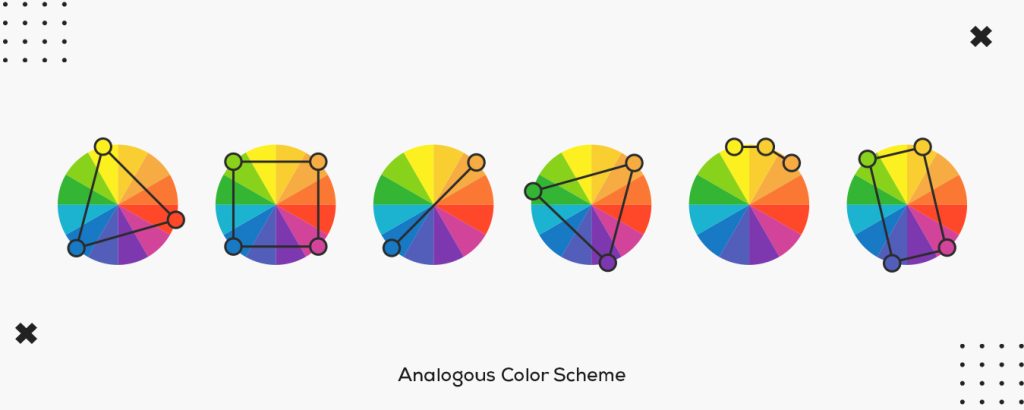
Seeking a more harmonious and cohesive look? Look no further than analogous colors. These are colors that sit next to each other on the wheel, sharing a common primary or secondary color. For example, blue, blue-green, and green create a calming and serene effect, while yellow, yellow-orange, and orange exude warmth and energy. Using analogous colors in your outfit ensures a sense of flow and unity, perfect for creating a polished and effortless look.
3. Explore the Triadic Palette
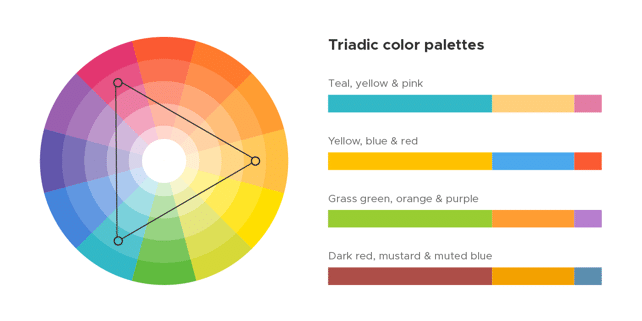
Feeling adventurous? The triadic color scheme involves three colors equally spaced on the wheel. This combination creates a dynamic and visually stimulating effect, perfect for those who want to make a bold statement. Think of a vibrant summer landscape – the blue sky, green trees, and yellow sunshine come together in a triadic harmony. Remember, balancing these three colors is crucial. Try using one color as your dominant piece, another as a supporting element, and the third as a subtle accent to avoid overwhelming the eye.
4. Go Beyond the Basics: Mastering Saturation and Value
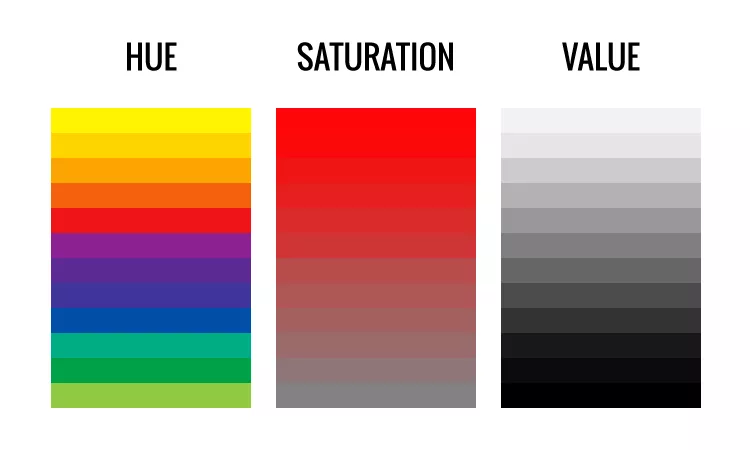
While the color wheel provides a foundational understanding, true mastery lies in considering the depth and intensity of colors, known as saturation, and their lightness or darkness, called value. By incorporating these elements, you can create depth and dimension within your color palette. For example, pair a vibrant red jacket with a desaturated (less intense) blue scarf and dark wash jeans to create a balanced and visually interesting outfit.
5. Unveiling the Secrets of Skin Tone and Undertones
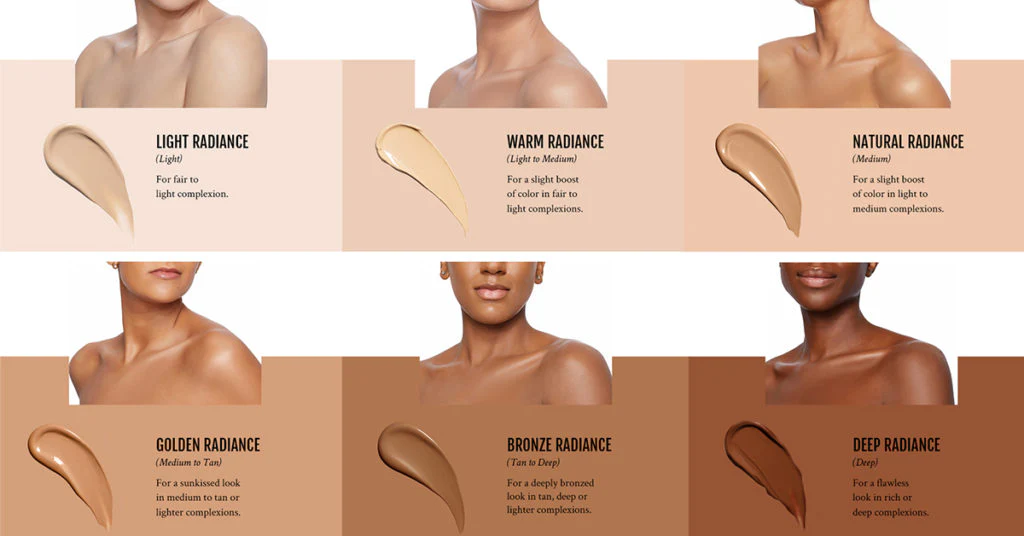
Color theory isn’t just about the clothes; it’s also about understanding how colors interact with your unique skin tone and undertones. Identifying your undertones – whether cool (pink or blue), warm (yellow or peach), or neutral – allows you to choose colors that complement your natural coloring and enhance your overall look. For instance, individuals with cool undertones often look radiant in cool-toned colors like blue, green, and purple, while those with warm undertones may find themselves glowing in warm colors like yellow, orange, and red. Experimenting with different colors and observing how they interact with your skin tone is key to unlocking your personal color palette.
Dressing with Confidence: Putting Theory into Practice
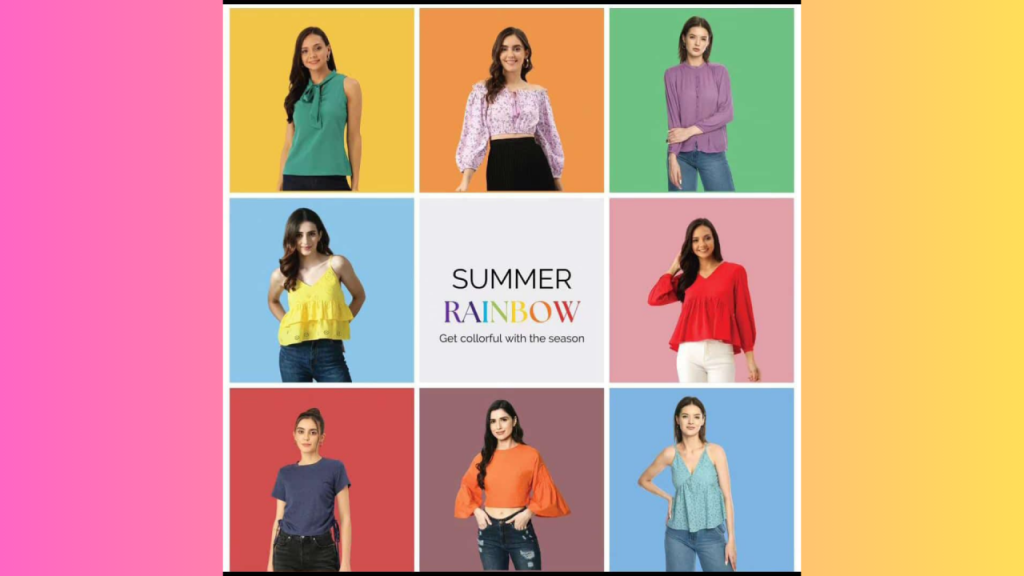
Now that you’re armed with the knowledge of color theory, it’s time to translate theory into practice. Here are some practical tips to incorporate color theory into your everyday wardrobe:
- Start with a color wheel: Keep a physical or digital color wheel handy to reference when choosing outfits.
- Identify your dominant color: Select a color you love and build your outfit around it, using complementary, analogous, or triadic colors for accents.
- Consider saturation and value: Play with different shades of the same color or mix and match contrasting values to create depth and dimension.
- Embrace the power of neutrals: Neutrals like black, white, grey, and beige act as the perfect canvas for highlighting your statement colors.
- Don’t be afraid to experiment: Fashion is a journey of self-discovery, so have fun trying different color combinations and finding what works best for you.
Beyond the Basics: Color Theory for Special Occasions
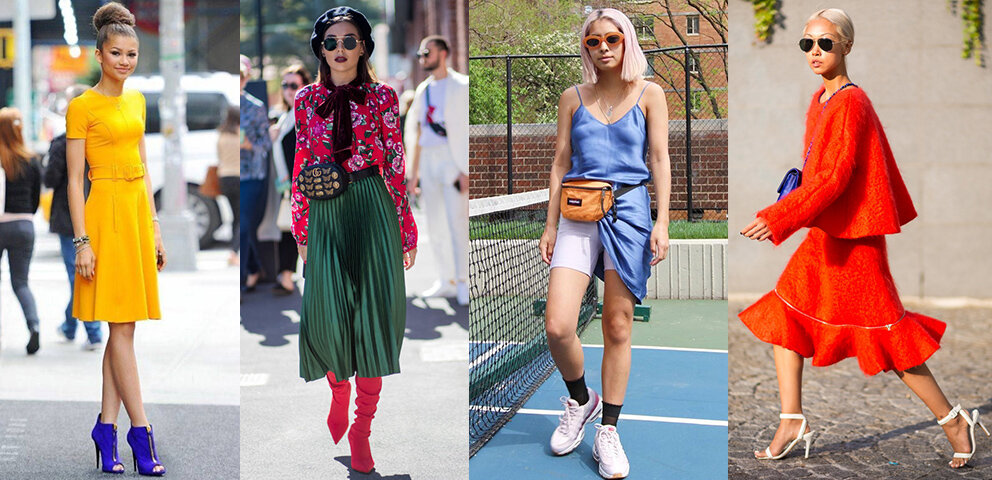
Color theory can also elevate your style during special occasions. For formal events, consider rich jewel tones like emerald green, sapphire blue, or ruby red to exude sophistication. For a more playful and vibrant touch, explore pastel shades or even a bold, monochromatic look. Remember, the key is to choose colors that make you feel confident and comfortable while adhering to the event’s dress code.
Beyond the Outfit: Embracing Color in Everyday Life
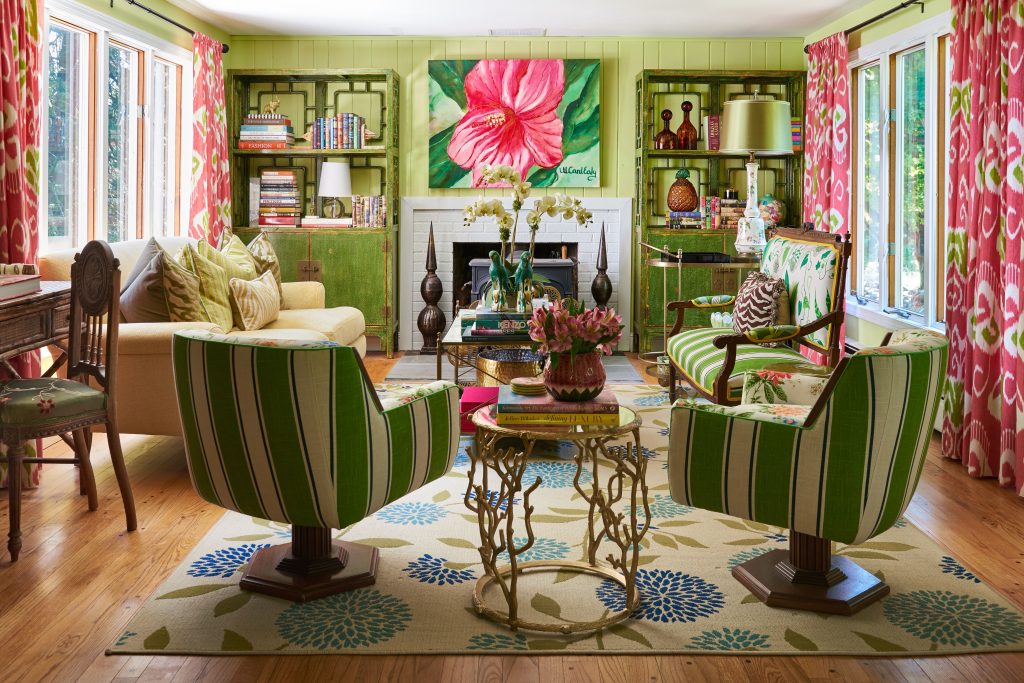
The power of color theory extends beyond clothing. Understanding how colors interact can enhance your life in various ways:
- Home Decor: Utilize complementary colors to create a vibrant living room or analogous hues for a calming bedroom.
- Art and Design: Employ color theory to create visually appealing artwork or graphic designs.
- Marketing and Branding: Leverage the power of color psychology to attract and engage your target audience.
The Final Brushstroke: Expressing Your Unique Style
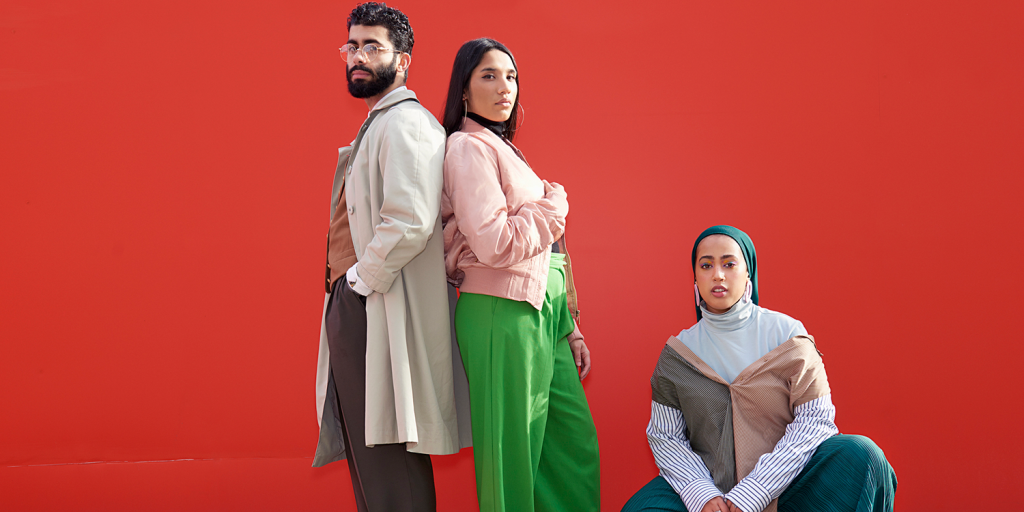
In conclusion, color theory is a valuable tool, but it’s not a rigid set of rules. Ultimately, fashion is about expressing your unique personality and embracing what makes you feel confident and beautiful. Don’t be afraid to break the mold, experiment with different color combinations, and use your newfound knowledge to paint your own masterpiece – one that reflects your individuality and leaves a lasting impression. Remember, fashion is a language, and with the power of color theory, you can speak volumes. Now go forth, experiment, and embrace the vibrant world of color!






GIPHY App Key not set. Please check settings